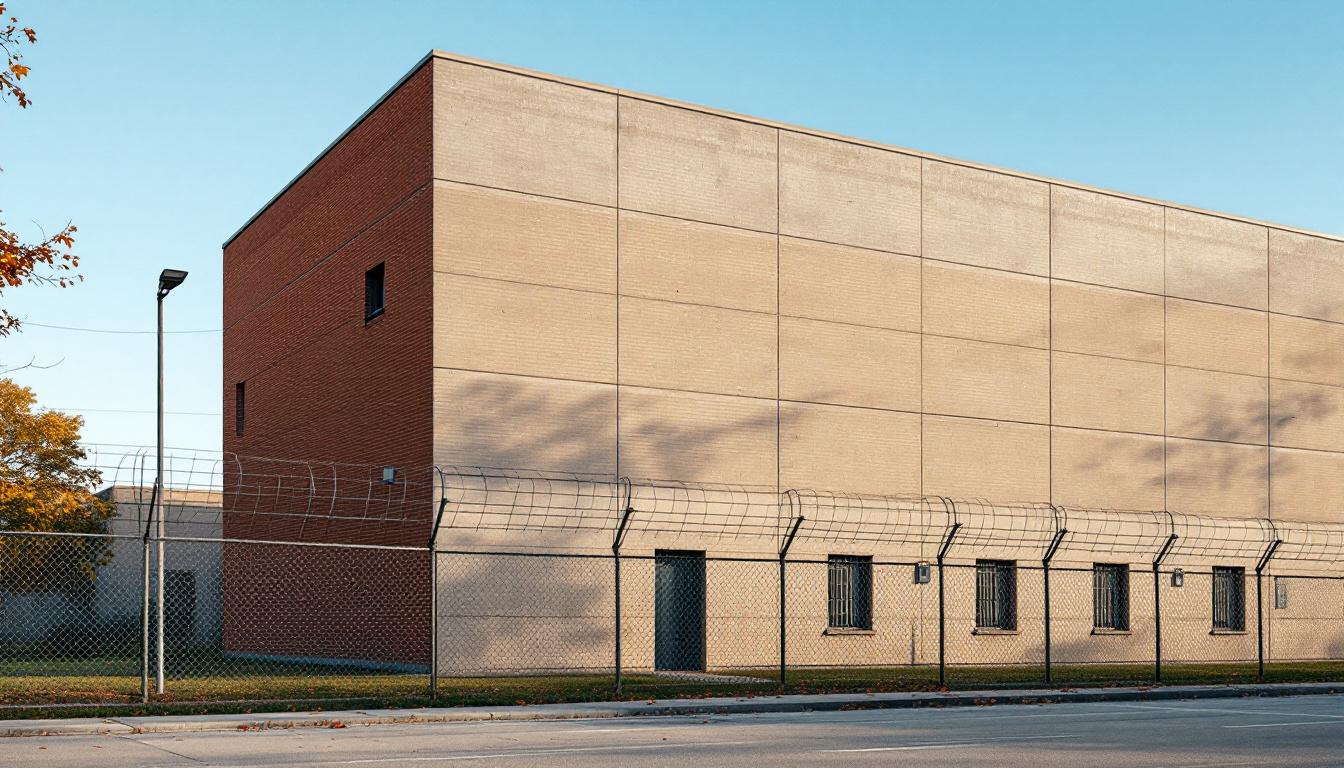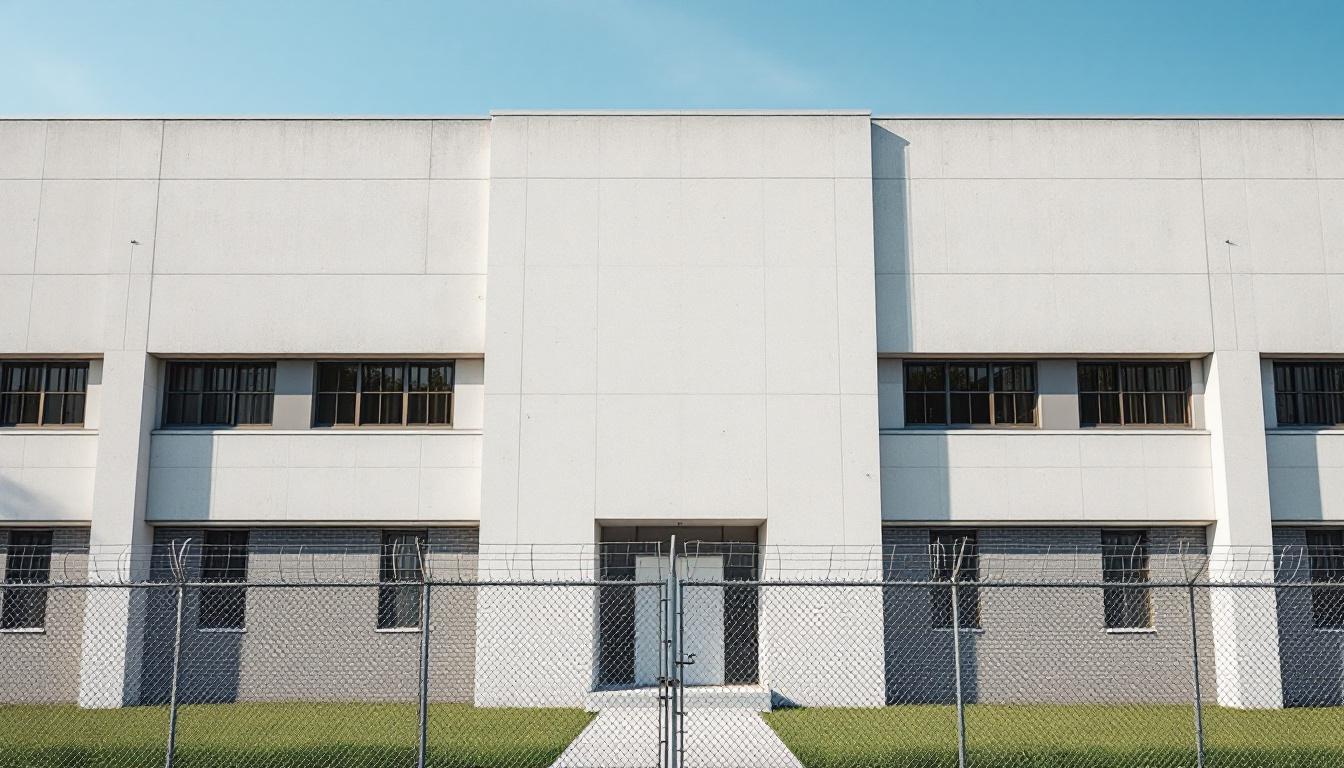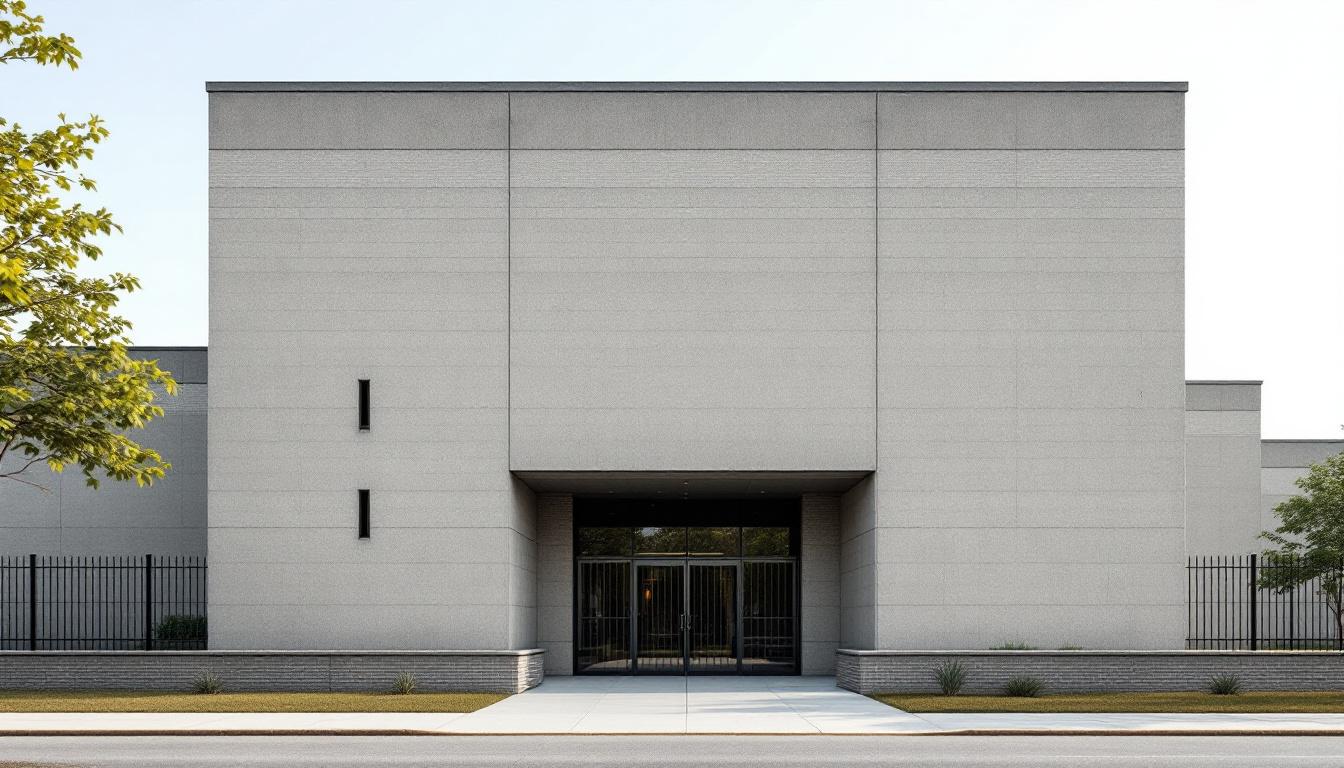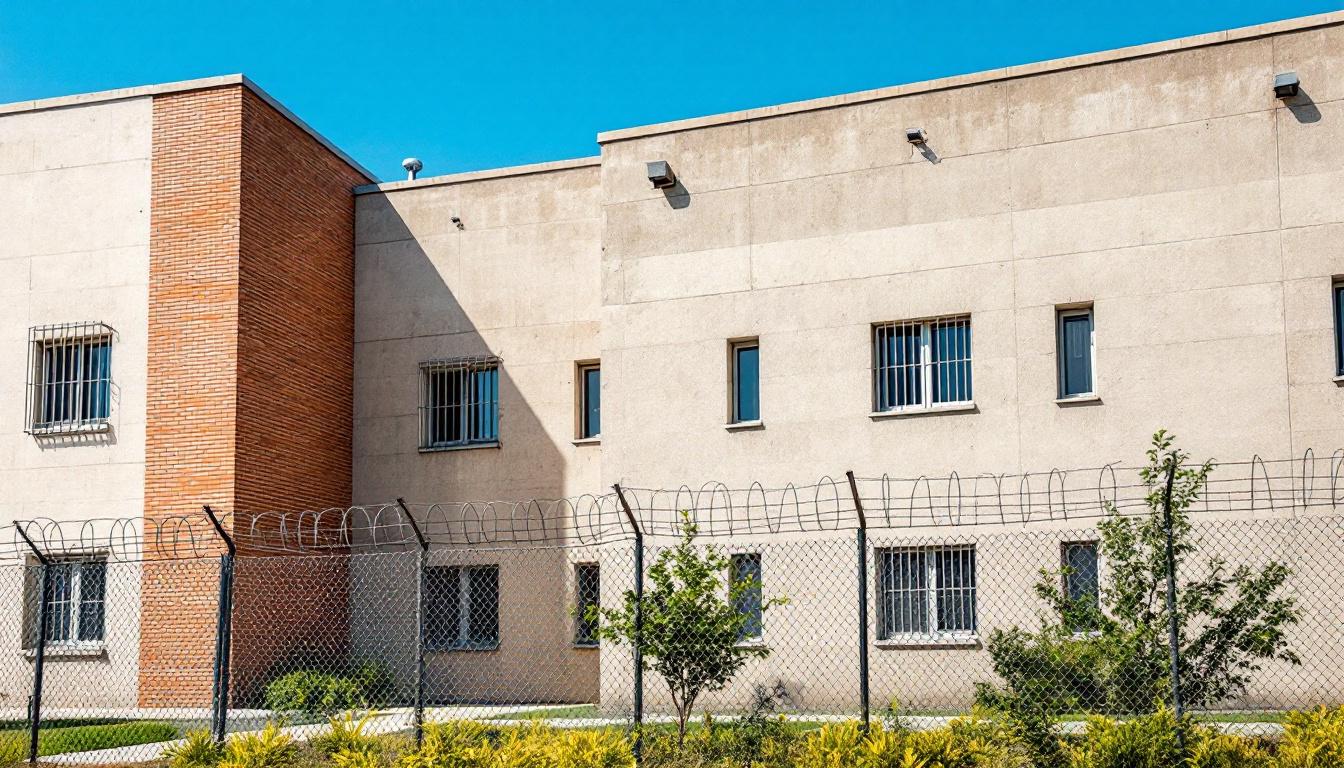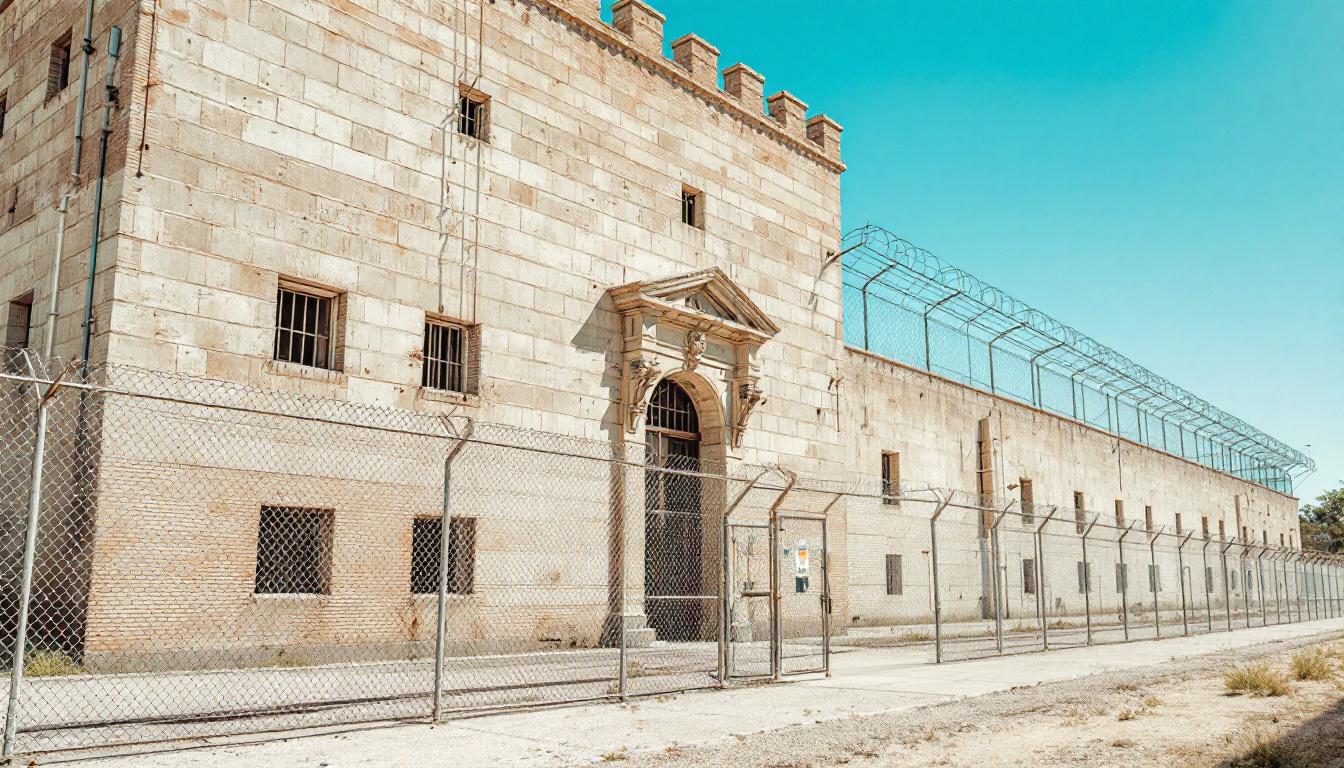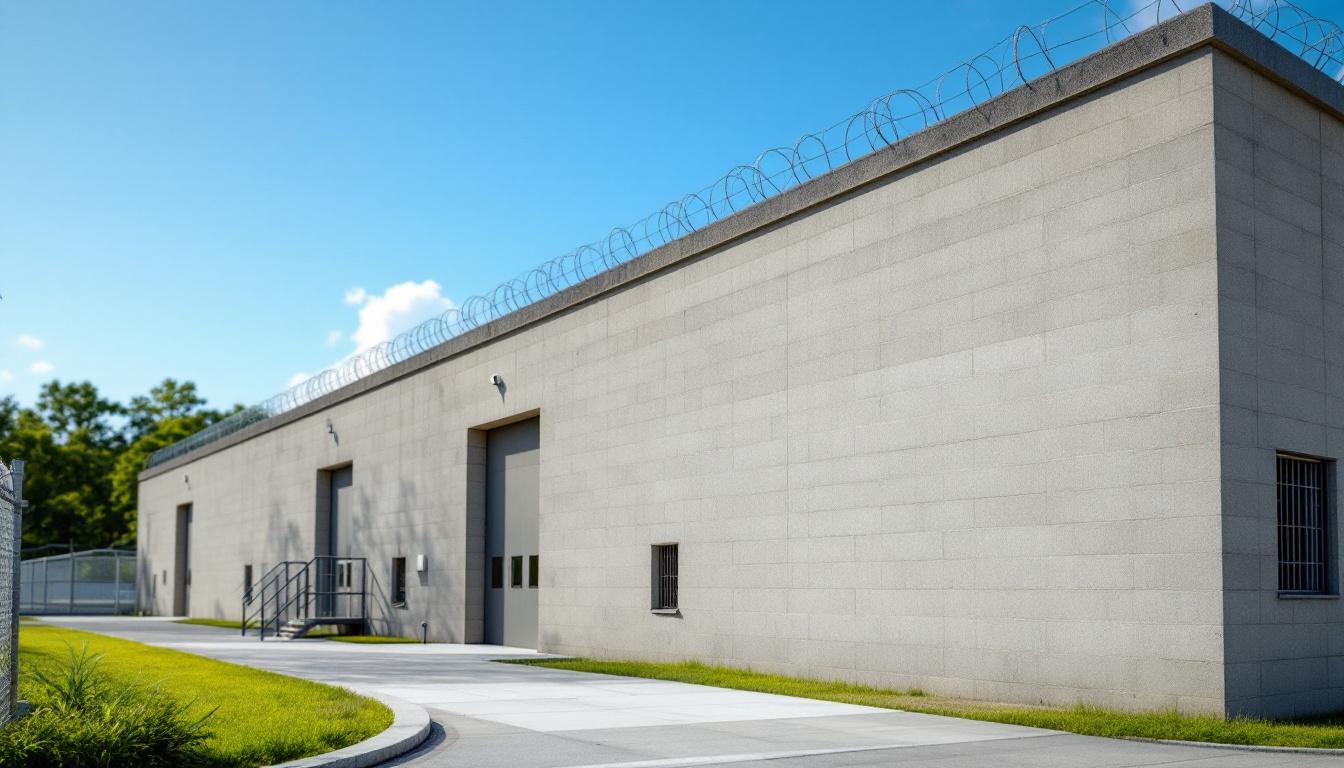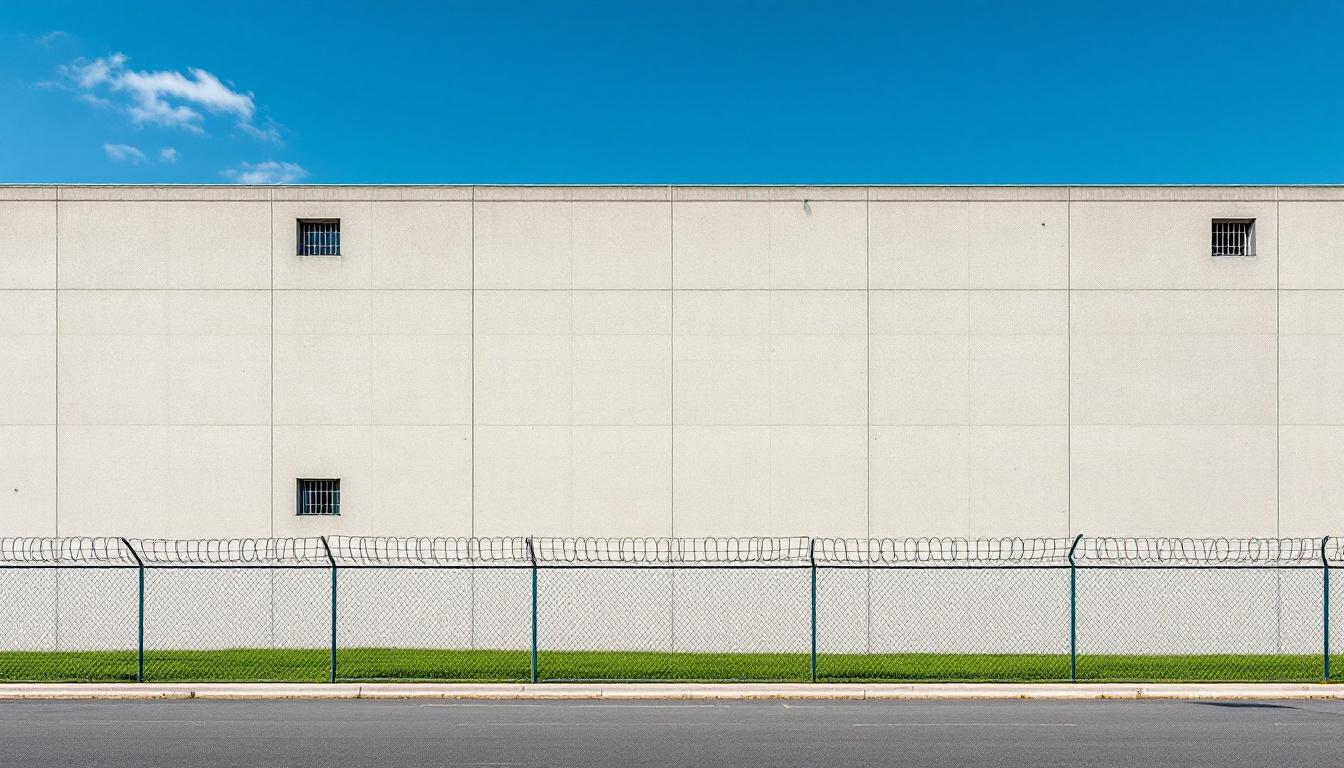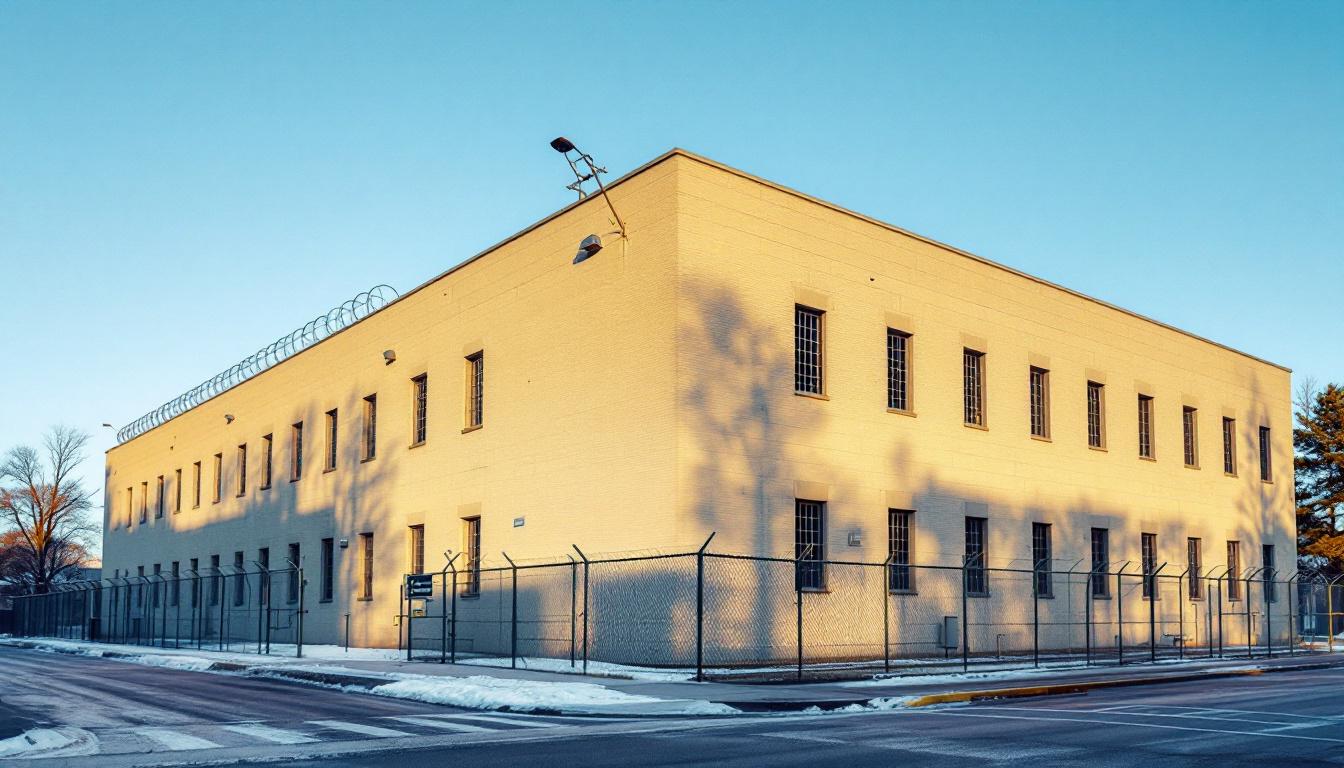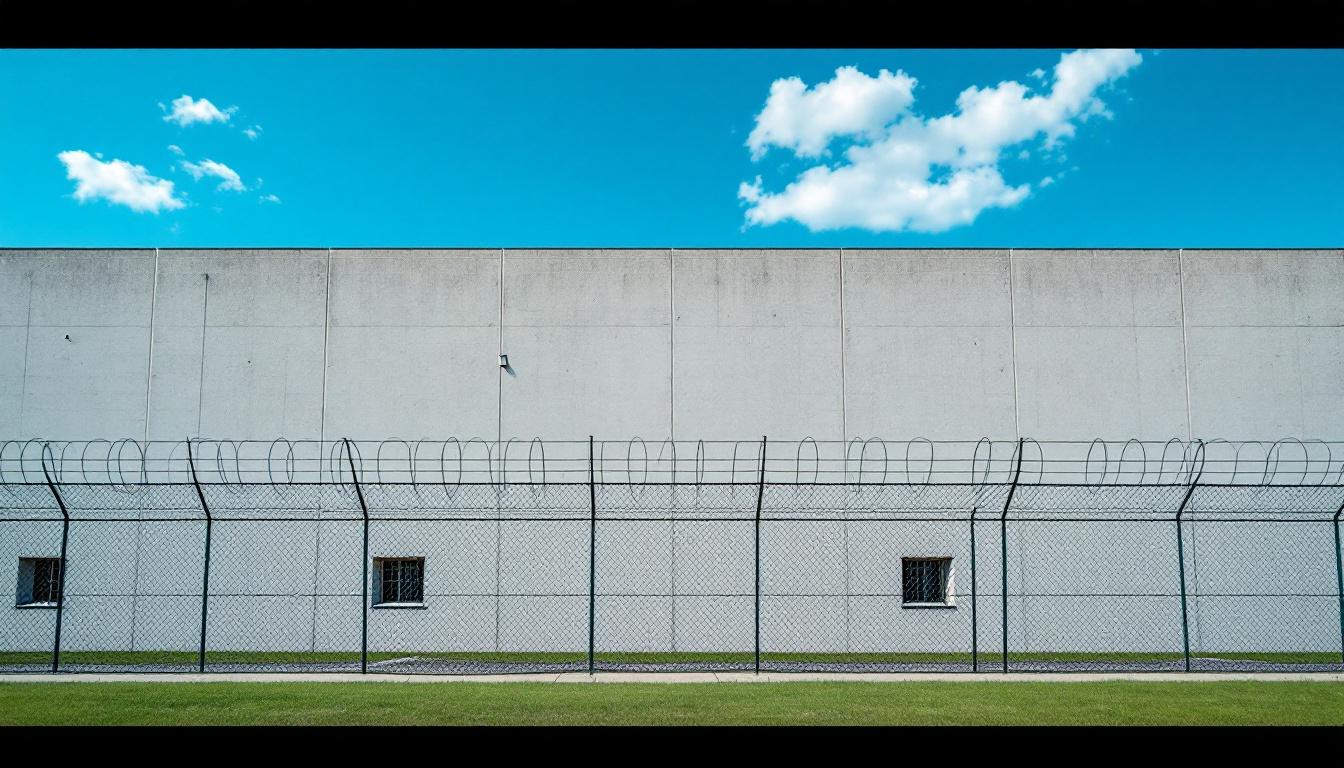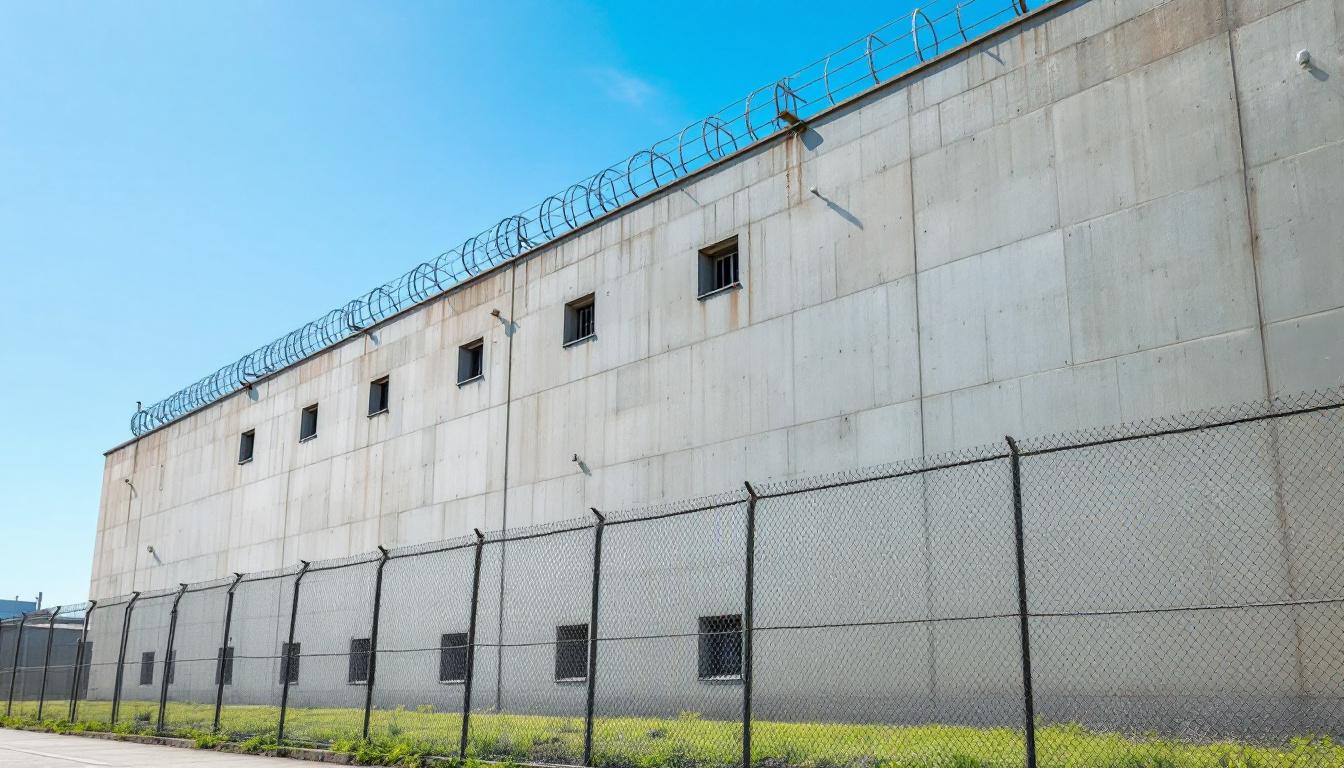
Quick Navigation
How to contact an inmate at Penitentiary of New Mexico
This comprehensive guide will walk you through how to connect with an inmate at Penitentiary of New Mexico. Follow the steps below to find an inmate and send letters and photos:
- Search for the inmate using our search tool below
- Create your account or log in to Penmate
- Write your message (up to 6,000 characters)
- Send instantly - inmates receive printed copies daily
Find an Inmate
Search for an inmate to start communicating today
Tip: You can search by first name, last name, or inmate ID number
To contact a person at Penitentiary of New Mexico start by searching for the person on the official facility website. Perform a search by following these steps:
- Step 1: Enter their first name and last name into the search form and click "Search"
- Step 2: Locate their inmate record
- Step 3: Write down their Inmate ID and any housing information provided
Important! Be sure to enter the person's full name. Nicknames should not be used.
How to Send Messages to Inmates

You can use your phone or computer to send emails, letters, and photos to an inmate. Messages are sent electronically to inmate tablets or kiosks at the facility. If you would like to send a message, start by searching for an inmate at Penitentiary of New Mexico.
Sending Photos and Postcards

A great way to send love and support to a loved one at Penitentiary of New Mexico is to send photos and postcards. It only takes a few minutes to send photos from your phone and it makes a huge difference. You can also mail postcards with words of support and inspiration, or design your own postcard for special moments like birthdays and holidays.
Important! Be sure not to send any explicit photos or they may not be approved by the facility. You can also use a photo printing app like Penmate to make sure your photos are printed at the correct size (4x6 or 3x5) and are mailed according to the rules and regulations of Penitentiary of New Mexico.
Frequently asked questions about Penitentiary of New Mexico
-
How long does it take to deliver a message?
If you're sending an email message your letter is usually delivered within 24-48 hours. For messages sent via mail you should expect delivery within 3-7 days. All messages will need be approved by Penitentiary of New Mexico.
-
How much does it cost to send a message to Penitentiary of New Mexico?
You can send a message free using your phone or mail a message via USPS for the price of a $0.60 stamp and envelope. You can also purchase credits or e-stamps from services starting at $1.99.
-
What services can I use to contact an inmate at Penitentiary of New Mexico?
Penmate
You can use Penmate to send letters and photos to an inmate from your phone. It's an easy way to stay in touch during your loved one's incarceration. Use the inmate locator to find an inmate's location and contact information, then you can send messages within a few minutes.
Securus messaging
Securus may be another option for communicating with an inmate at Penitentiary of New Mexico. You can create a friends and family account and purchase credits to send messages. All messages will be reviewed and must be approved by the facility.
JPay
Some county jails and state prisons may support sending messages with JPay. You must register an account with the system, find your loved one, and purchase stamps to send messages. For some locations you can also attach photos.
Smart Jail Mail
You may also check if Smart Jail Mail is available at Penitentiary of New Mexico. Smart Jail Mail is operated by Smart Communications and has contracted with some state and county jails. After purchasing credits, your messages and photos are sent to the facility, printed out, and then handed out to your loved one.
-
What is the mailing address of Penitentiary of New Mexico?
Mailing address:
Penitentiary of New Mexico
4311 NM-14
Santa Fe, NM 87504
Phone: (505) 827-8201Business hours:
- Monday: Open 24 hours
- Tuesday: Open 24 hours
- Wednesday: Open 24 hours
- Thursday: Open 24 hours
- Friday: Open 24 hours
- Saturday: Open 24 hours
- Sunday: Open 24 hours
-
What are the visiting hours at Penitentiary of New Mexico?
Visiting hours at Penitentiary of New Mexico vary by housing unit and security level. Generally, visits are scheduled on weekends and holidays, with some facilities offering weekday visits. Contact the facility directly at (505) 827-8201 or check their website for the current visiting schedule. Visits typically last 30-60 minutes and must be scheduled in advance.
-
What items are prohibited when sending mail to Penitentiary of New Mexico?
Prohibited items typically include: cash, personal checks, stamps, stickers, glitter, glue, tape, staples, paperclips, polaroid photos, musical or blank greeting cards, hardcover books, magazines with staples, and any items containing metal or electronics. Only send letters on plain white paper with blue or black ink. Photos must be printed on regular photo paper (no Polaroids). Always check with Penitentiary of New Mexico for their specific mail policies.
-
How do I send money to an inmate at Penitentiary of New Mexico?
You can send money to an inmate at Penitentiary of New Mexico through several methods: 1) Online using JPay, Access Corrections, or the facility's approved vendor, 2) Money orders mailed directly to the facility with the inmate's name and ID number, 3) Kiosks located in the facility lobby, or 4) Over the phone using a credit or debit card. Fees vary by method, typically ranging from $2.95 to $11.95 per transaction.
-
Can I schedule a video visit with an inmate at Penitentiary of New Mexico?
Many facilities now offer video visitation as an alternative to in-person visits. At Penitentiary of New Mexico, video visits may be available through services like Penmate, Securus Video Connect, GTL, or ICSolutions. Video visits typically cost $10-20 for 20-30 minutes and must be scheduled in advance. You'll need a computer or smartphone with a camera and reliable internet connection. Contact the facility for their specific video visitation policies and approved vendors.
-
What identification do I need to visit an inmate at Penitentiary of New Mexico?
All visitors must present valid government-issued photo identification such as a driver's license, state ID, passport, or military ID. Minors must be accompanied by a parent or legal guardian who can provide the minor's birth certificate. Some facilities require visitors to be on the inmate's approved visitation list, which may require a background check. Contact Penitentiary of New Mexico for specific ID requirements and visitor approval procedures.
-
How can I find out an inmate's release date?
To find an inmate's release date at Penitentiary of New Mexico, you can: 1) Use the online inmate search tool if available, 2) Call the facility's records department, 3) Contact the inmate's case manager or counselor, or 4) Have the inmate provide this information during a call or visit. For privacy reasons, some facilities only release this information to immediate family members.
Facility Overview
Official Website

About Penitentiary of New Mexico
Nestled within the high desert landscape of Tampa, New Mexico, the Penitentiary of New Mexico serves as a cornerstone facility within the state's correctional infrastructure, providing secure housing and comprehensive programming for adult residents. This NM correctional facility operates with a dual commitment to maintaining public safety while fostering meaningful opportunities for personal growth and skill development among its population. The institution typically houses individuals serving various sentence lengths, creating a diverse community that requires carefully structured programming to address different rehabilitation needs and security classifications.
The facility's approach to residents services reflects a detailed understanding of the challenges faced by incarcerated individuals preparing for eventual reintegration into their communities. Educational programming may include basic literacy courses, GED preparation, and vocational training opportunities designed to equip residents with marketable skills. Mental health support, substance abuse counseling, and life skills workshops often form the foundation of the rehabilitation framework, while recreational and spiritual programs provide additional avenues for personal development. The correctional facility generally maintains various security levels to ensure appropriate placement based on individual risk assessments and behavioral factors.
Within New Mexico's mountain region setting, this Tampa-based institution typically emphasizes the importance of structured daily routines that balance security requirements with meaningful engagement opportunities. Family visitation programs and correspondence policies generally support residents in maintaining connections with their support networks, recognizing these relationships as crucial elements in successful rehabilitation outcomes. The facility's operational philosophy often centers on creating an environment where accountability and personal responsibility can flourish, ultimately preparing residents for productive citizenship upon their return to society.
Programs & Services
Therapeutic communities form the cornerstone of rehabilitation initiatives at the Penitentiary of New Mexico, creating structured environments where residents engage in comprehensive personal development through peer support and professional guidance. These evidence-based communities typically integrate behavioral modification techniques with group counseling sessions, enabling participants to address underlying issues that may have contributed to their incarceration. The facility's approach emphasizes holistic transformation, recognizing that sustainable reintegration requires addressing psychological, educational, and vocational needs simultaneously through interconnected programming.
Educational initiatives may deliver foundational literacy courses alongside advanced academic programming, allowing residents to pursue their General Educational Development credentials or explore post-secondary educational opportunities. Furthermore, vocational training components often include specialized certification programs in high-demand trades, with HVAC certification representing a particularly valuable pathway for residents seeking marketable skills upon release. These technical programs typically combine classroom instruction with hands-on application, ensuring participants develop both theoretical knowledge and practical competencies that align with current industry standards and employment opportunities.
Support services extend beyond traditional therapeutic interventions to encompass practical skill development in essential trades such as plumbing and electrical work, which residents may apply both during their incarceration and following their eventual reintegration into the community. Facility maintenance initiatives often provide additional opportunities for residents to contribute meaningfully to their institutional environment while developing transferable work experience and professional habits. These comprehensive support structures typically emphasize personal accountability and collaborative problem-solving, fostering an institutional culture that promotes positive behavioral change and prepares residents for successful community reentry through sustained engagement in constructive activities.
Daily Life & Visitation

The rhythmic sound of doors unlocking signals the beginning of another carefully orchestrated day, where residents find themselves moving through a predictable sequence of activities that consistently delivers structure and purpose to their daily existence. Today, like every day, the routine begins early with breakfast service, followed by mandatory counts that ensure accountability throughout the facility. Work assignments typically commence in the morning hours, with residents participating in various facility operations such as kitchen duties, maintenance tasks, laundry services, and groundskeeping activities that contribute to the overall functioning of the institution. Furthermore, structured programming schedules generally include educational classes, vocational training opportunities, and counseling sessions that are designed to support rehabilitation and personal development goals.
Living accommodations at the Penitentiary of New Mexico typically consist of housing units where residents share cells or dormitory-style arrangements, depending on their security classification and behavioral record. Although personal space may be limited, residents are usually permitted to maintain basic personal property including approved clothing items, hygiene products, and limited personal effects that can be purchased through the commissary system. The dining experience generally takes place in designated areas where meals are served at scheduled times, with residents moving in organized groups to maintain security protocols while ensuring everyone receives adequate nutrition throughout the day.
Recreation and exercise opportunities typically deliver essential physical and mental health benefits through structured activities that may include outdoor yard time, gymnasium access, and organized sports programs when available. Furthermore, visitation policies generally allow residents to maintain connections with family members and approved visitors during designated hours and days, while communication options often include monitored telephone calls and correspondence that help preserve important relationships. Although these interactions are subject to security procedures and facility regulations, they serve as vital links to the outside community that can support successful reintegration efforts and provide emotional stability during incarceration.
Ready to Connect?
Start communicating with your loved one today
Search for an Inmate
